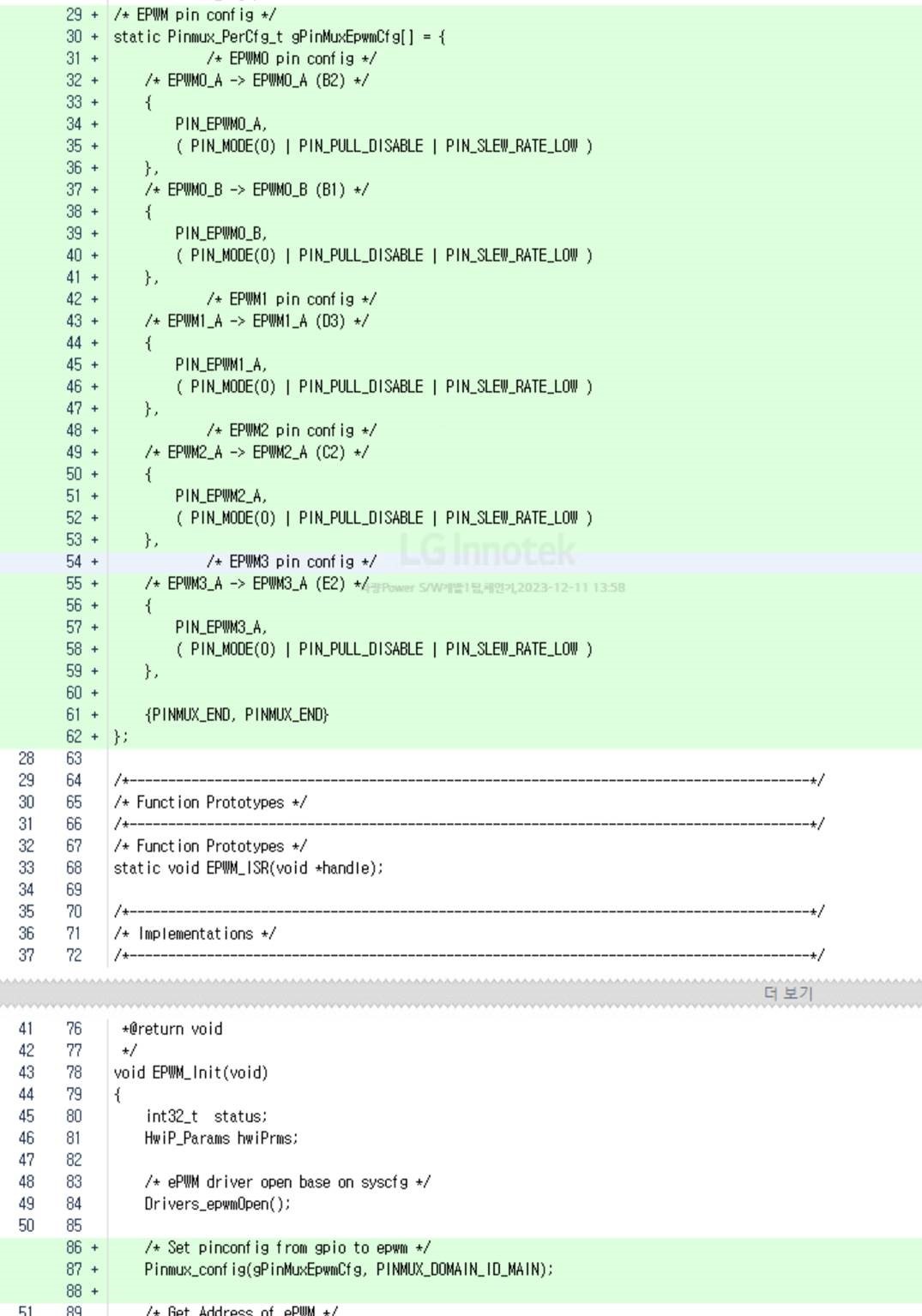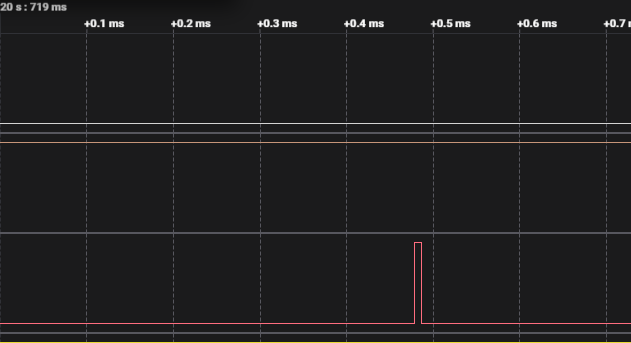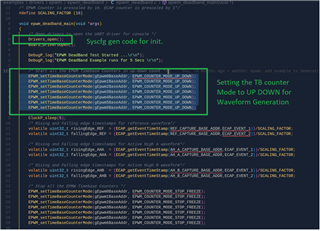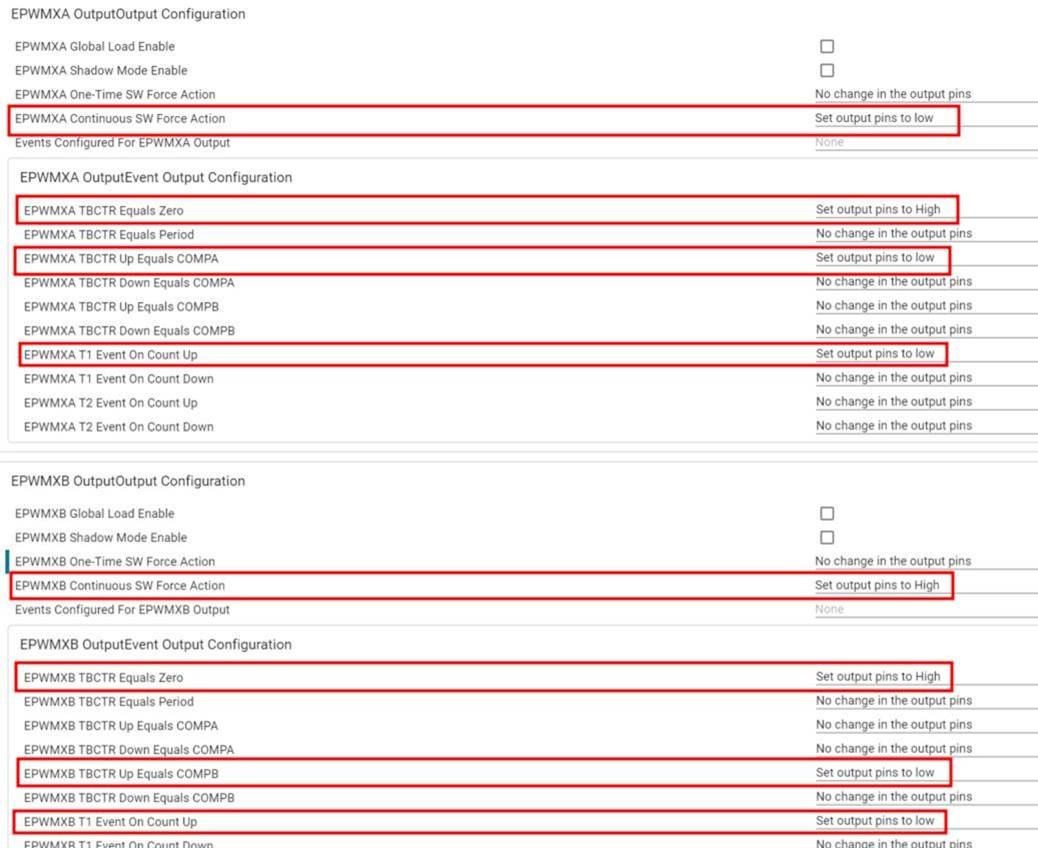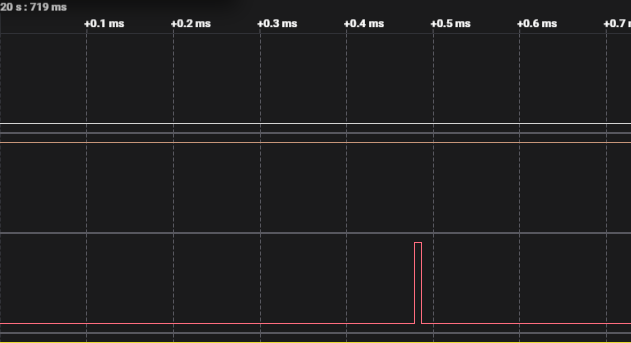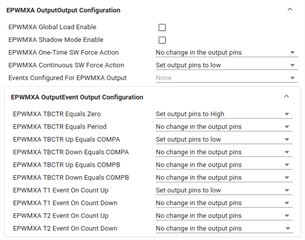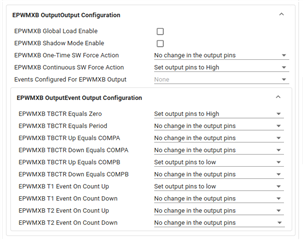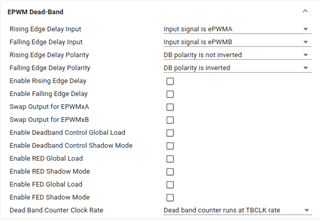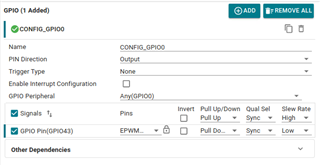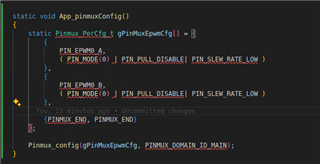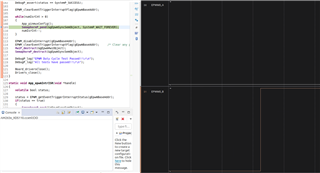Other Parts Discussed in Thread: AM2634, SYSCONFIG
Dear Champs,
Could you please check if it is possible to set pinmux manually to PWM after setting PWM register in AM2634?
e.g.
1) to generate PWM signal after setting PWM register configuration, my customer set PWM pins to GPIO at initial time.
2) After booting, customer set PWM register and modify pinmux to set these pins to PWM.
Is this possible? When customer tried it using sysconfig generated code, they found it would be go to exception when pinmux changing after PWM register setting.
Thanks and Best Regards,
SI.


